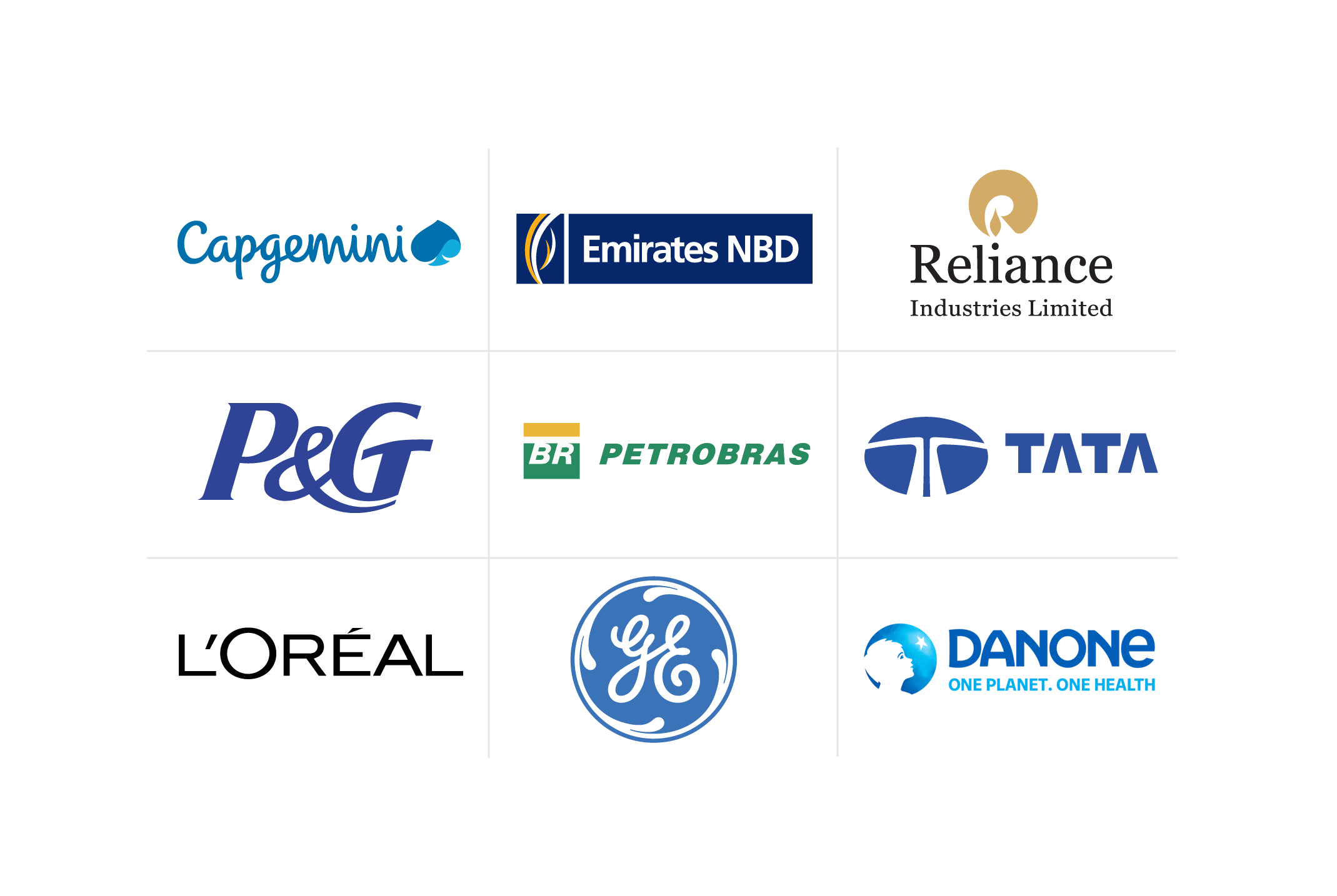Why Conducting a Job Analysis Is Important
Explore what a job analysis is and why professionals and organizations use it to foster productivity and success within their organizations.
![[Featured image] An employee and a supervisor discuss a job analysis review](https://d3njjcbhbojbot.cloudfront.net/api/utilities/v1/imageproxy/https://images.ctfassets.net/2pudprfttvy6/53tH5HqlnNk0rgYrfZBDwc/0d9789f7be2a0ecb709987424695b700/GettyImages-1163568487__1_.jpg?w=1500&h=680&q=60&fit=fill&f=faces&fm=jpg&fl=progressive&auto=format%2Ccompress&dpr=1&w=1000)
Performing an impactful job analysis can help ensure employees have the skills and competencies needed to perform their roles effectively. Organizations can use this tool to optimize efficiency, identify skill gaps, and foster employee engagement. In this article, we will explore what a job analysis is, how you can perform one, and the steps necessary for an effective analysis.
- Get access to 7,000+ learning programs from world-class universities and companies, including Google, Yale, Salesforce, and more
- Try different courses and find your best fit at no additional cost
- Earn certificates for learning programs you complete
- A subscription price of $59/month, cancel anytime
What is job analysis?
Job analysis is a process of thoroughly examining and understanding a specific job role. This involves being aware of the requirements of related positions, the context of a role, and the progression opportunities. You look at the job's duties, responsibilities, required skills, outcomes, and work environment. This allows companies to write clear job descriptions, set appropriate salary levels, and make the proper hiring and training decisions. It helps evaluate employee performance and ensures tasks align with the company’s goals.
In general, you can think of a job analysis as looking at four key segments of each position:
What the employee tasks are
How the employee completes their task
The overarching purpose of these tasks
The qualifications of the employee that make them suitable for this position
When is job analysis used?
Job analysis has several uses depending on the overarching goals of your organization. According to UCLA, common ways you might see job analysis used include [1]:
Classification: Through job analysis, organizations can gather data essential for classifying jobs. It also aids in determining a job’s relative importance or value compared to other roles within the organization.
Selection: A thorough job analysis provides concise insight into a particular position's essential knowledge and capabilities. This information leads to better job-related selection criteria and more effective interview questions.
Performance management: Job analysis helps ascertain whether employees possess the necessary skills to fulfill their role’s demands and if they meet organizational expectations.
Workforce planning: It also aids businesses in identifying the requisite skills and expertise for a role. With this information, organizations can draft more accurate job descriptions, ensuring they recruit candidates who align best with their needs.
Training program development: The insight from a job analysis can inform better employee training programs. These programs help workers develop within their roles and expand their capabilities.
Read more: Skills Gap Analysis: A Guide to Training Your Teams
Methods of job analysis
Job analysis is important for understanding the intricacies of a particular role within an organization. Various methods can gather detailed insights into the characteristics of specific positions, their importance within the organization, and whether performance is meeting the organization's goals.
Some methods you may choose to use for a job analysis include the following:
Observations
In this approach, an external analyst shadows an employee, observing their daily activities, interactions, and tools used. By meticulously documenting these observations, the analyst can capture the essence of the role.
When using the observation approach, you can choose between several methods. For example, direct observation involves observing and recording daily events, while the work method analysis approach requires time and motion studies, micro-motion analysis, and procedural observation. You may use work method analysis for jobs involving more repetitive tasks and movements.
Interviews
This method involves a direct conversation between the analyst and the employee. Organizations may interview multiple employees to provide a more comprehensive perspective. Analysts can gather information about the employee’s responsibilities, tools, and unique work approaches through discussions.
Questionnaires
You can use predefined questions to solicit information about an employee’s daily tasks, priorities, and performance strategies. The questionnaire can hone in on details such as the employee’s perspective on their environment, resources, support, and time demands related to your company.
Daily tasks or job diaries
In some cases, employees write down what they do throughout the day. For example, you might ask your employees to keep a record of what they do every 20 minutes on the job. Over time, this helps you see the breakdown of daily tasks and what takes the most time.
Job inventories technique
This involves a specific checklist corresponding to the job’s description. Employees confirm completing particular tasks, ensuring they meet established expectations and requisite qualifications.
Read more: Performance Management Best Practices
How to perform a job analysis
Kickstart your analysis by laying out a structured plan detailing each phase of the procedure. Set a timeline, decide on resources, and identify stakeholders or experts you might need to consult to ensure the analysis remains on track. Once you have done this, follow these steps.
1. Collect role-specific data.
Explore existing resources (such as previous job advertisements or training manuals) to extract information about the role, such as the position description and current classification. You can also work with current employees to hear their insights into their roles' evolution and current state. This also involves looking at occupational studies, performance standards, and heading from subject matter experts.
2. Conduct a skill assessment.
With your compiled list of skills and competencies for the role, categorize them. Separate fundamental skills from specialized ones. This categorization aids in defining the role’s essential skills and determining if you need any new standards. You can also decide which tasks or competencies employees require to enter the position and which employees can learn on the job.
3. Benchmark with the industry.
Compare the role’s responsibilities and standards with similar positions in the industry. Doing so ensures that your analysis aligns with industry benchmarks, adjusting accordingly if any discrepancies exist.
4. Update requirements as needed.
Based on the insights gathered, you can draft a set of standards or responsibilities for the position. Depending on your findings, this could be a revised set of duties or a more comprehensive overhaul of the role description. For instance, if an administrative assistant’s role now encompasses significant payroll responsibilities, those duties should be integrated into the revised job description.
How often to perform a job analysis
Deciding how often to perform a job analysis will depend on your organization's needs. Many companies have a consistent annual review policy, while others choose to review positions every several years. If employees experience significant role shifts, this may warrant a job analysis to assess the potential for promotion or other changes to the role. Be sure to conduct a job analysis if a staff member is leaving and you need to fill the vacancy.
Continue learning on Coursera
You can continue exploring human resource management and business topics through high-quality courses on Coursera.
To build basic skills in this area, consider taking the beginner-level Human Resource Management: HR for People Managers Specialization by the University of Minnesota.
Article sources
UCLA. “Guide to Writing Job Descriptions, https://www.college.ucla.edu/personnel/jobdesc/intro.asp. Accessed July 15, 2024.”
Keep reading
- July 11, 2024
- July 11, 2024
- July 11, 2024
- July 11, 2024
- July 10, 2024
- July 3, 2024
This content has been made available for informational purposes only. Learners are advised to conduct additional research to ensure that courses and other credentials pursued meet their personal, professional, and financial goals.



